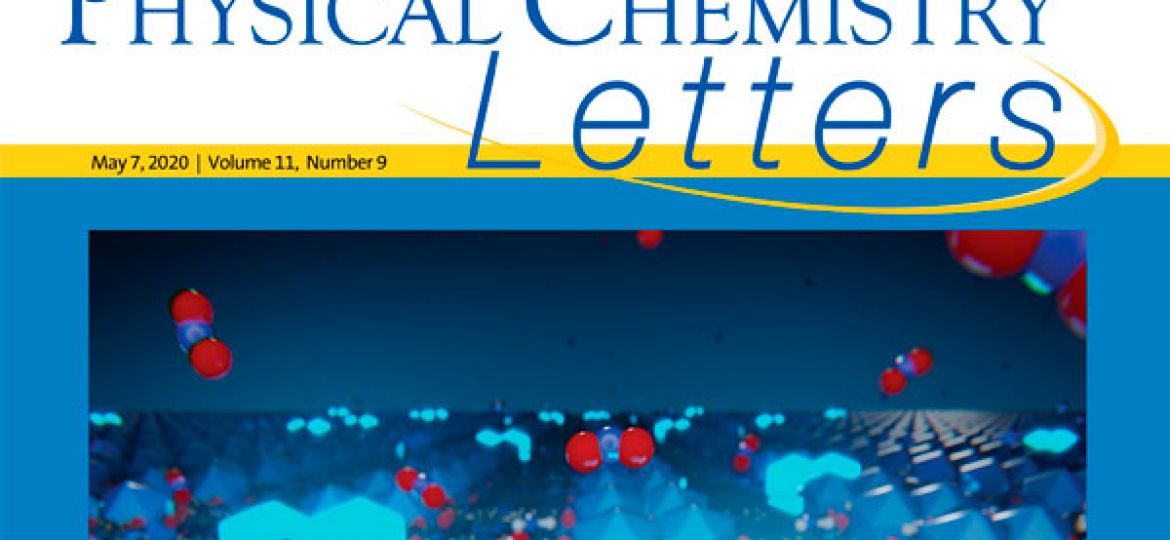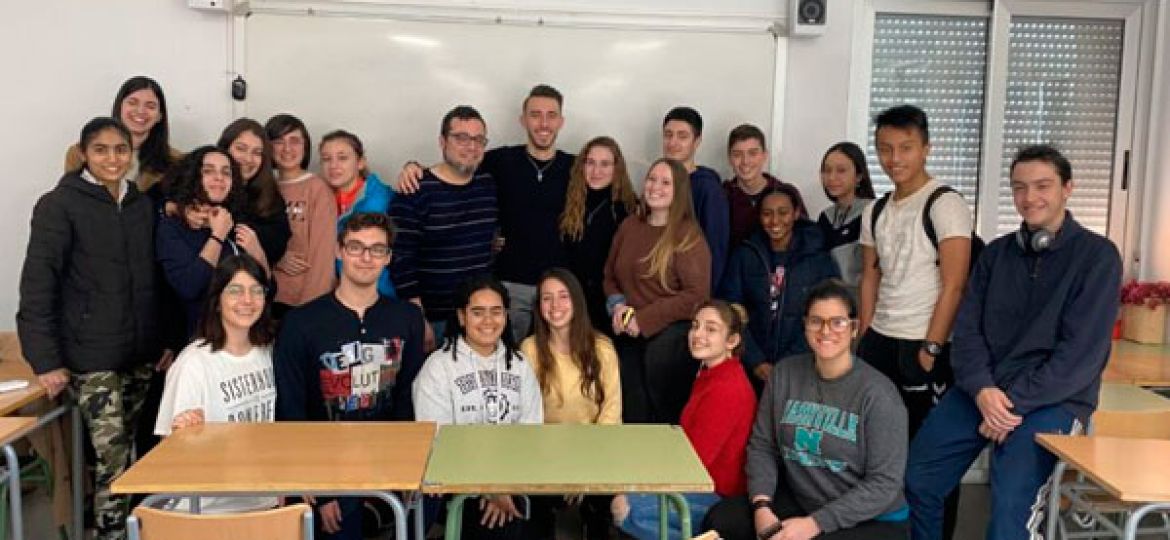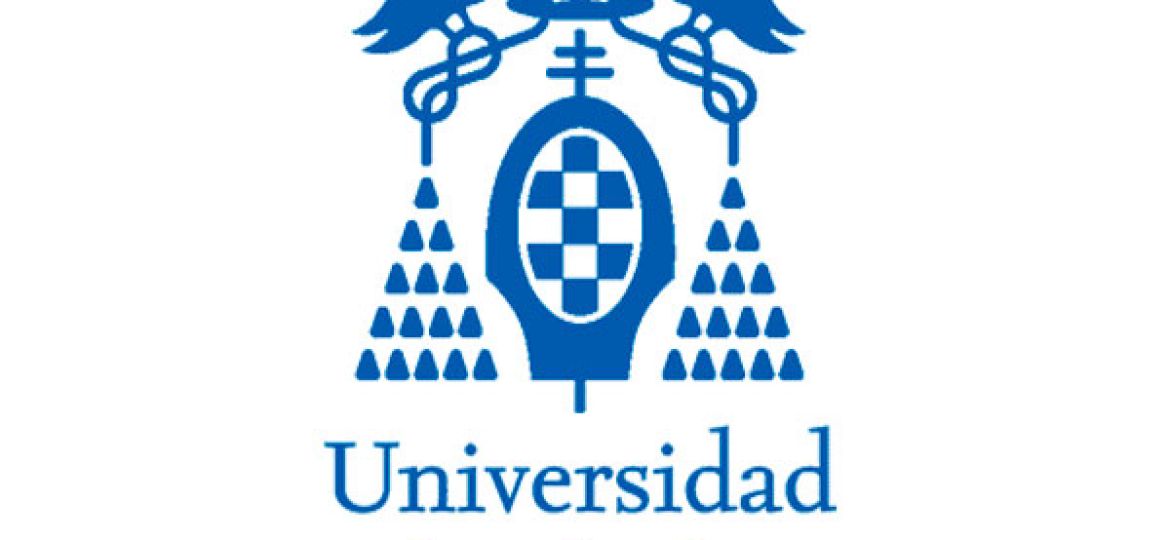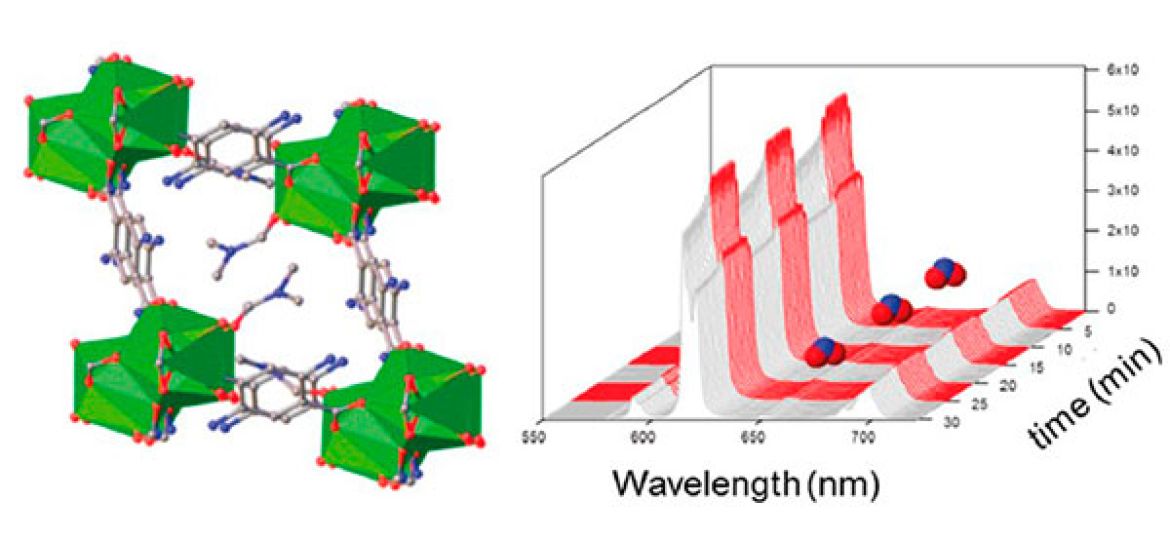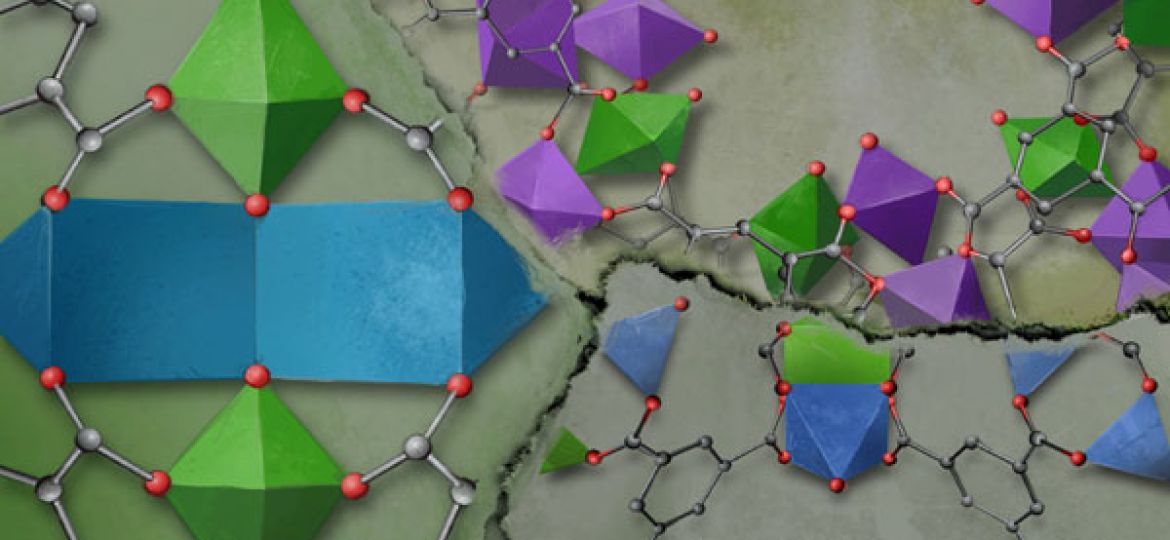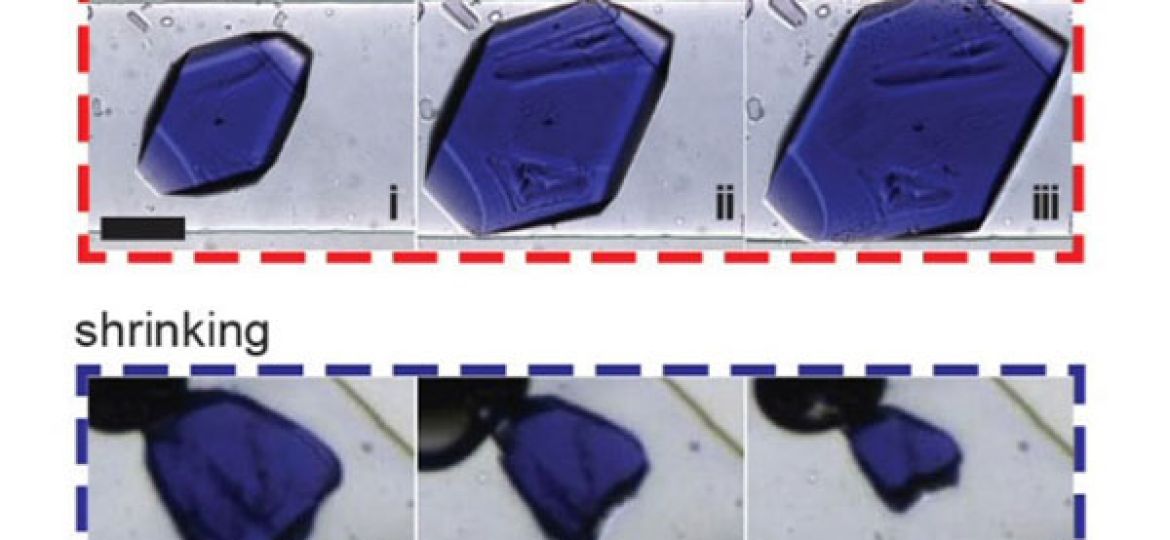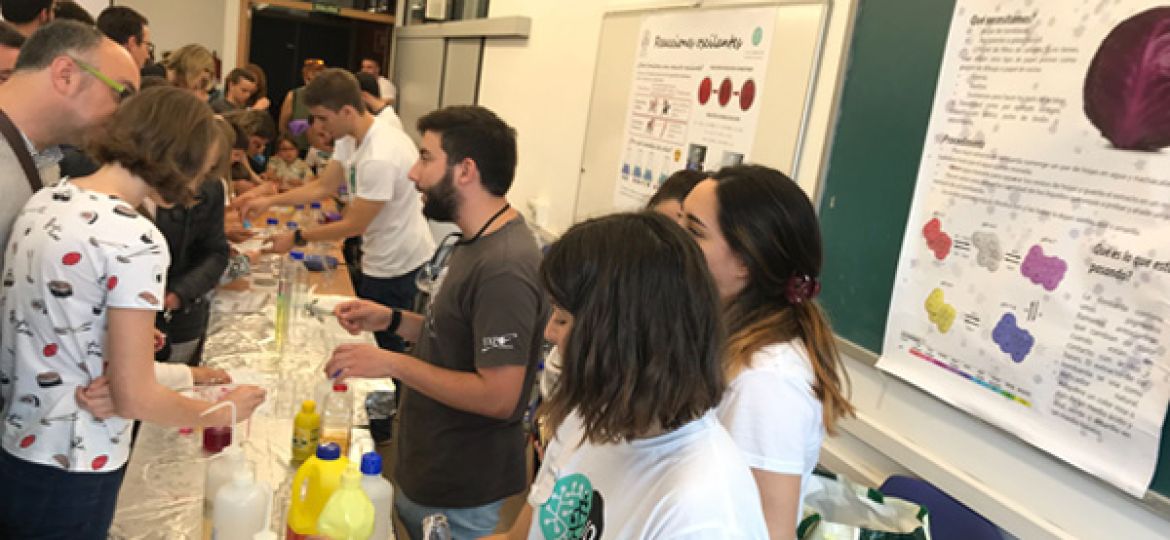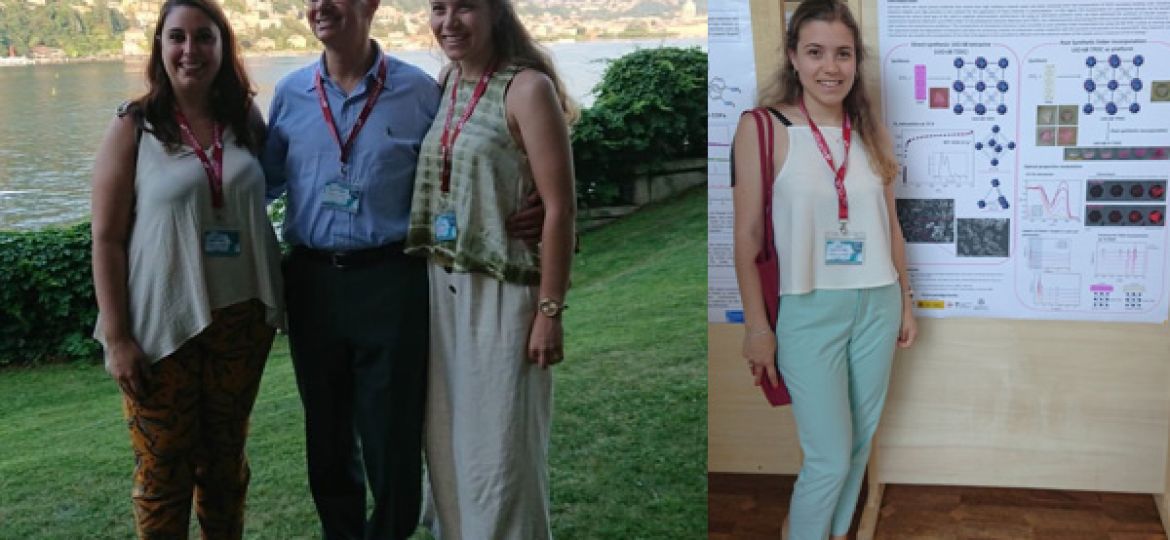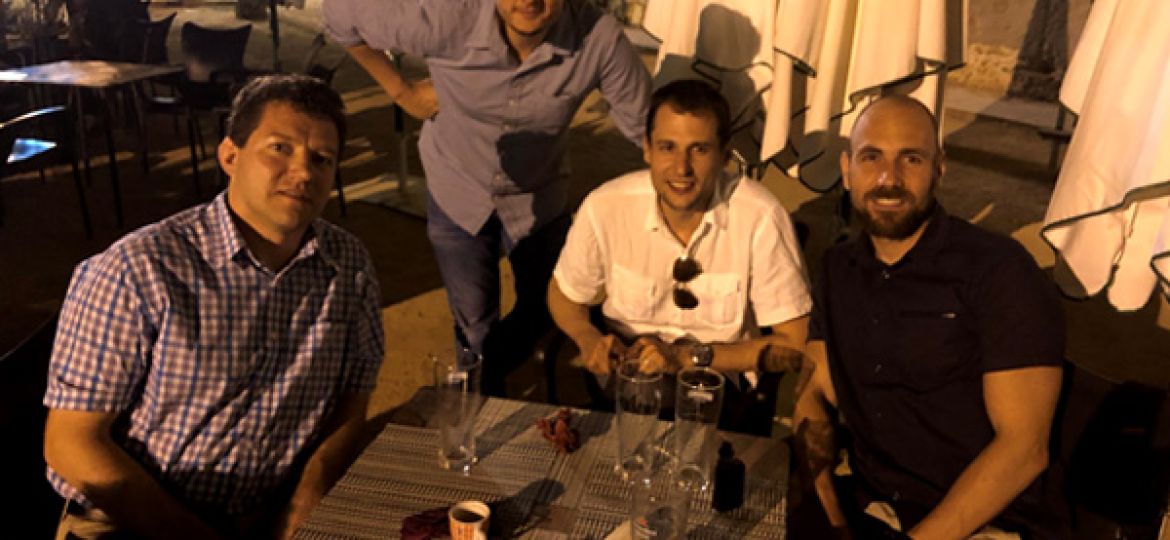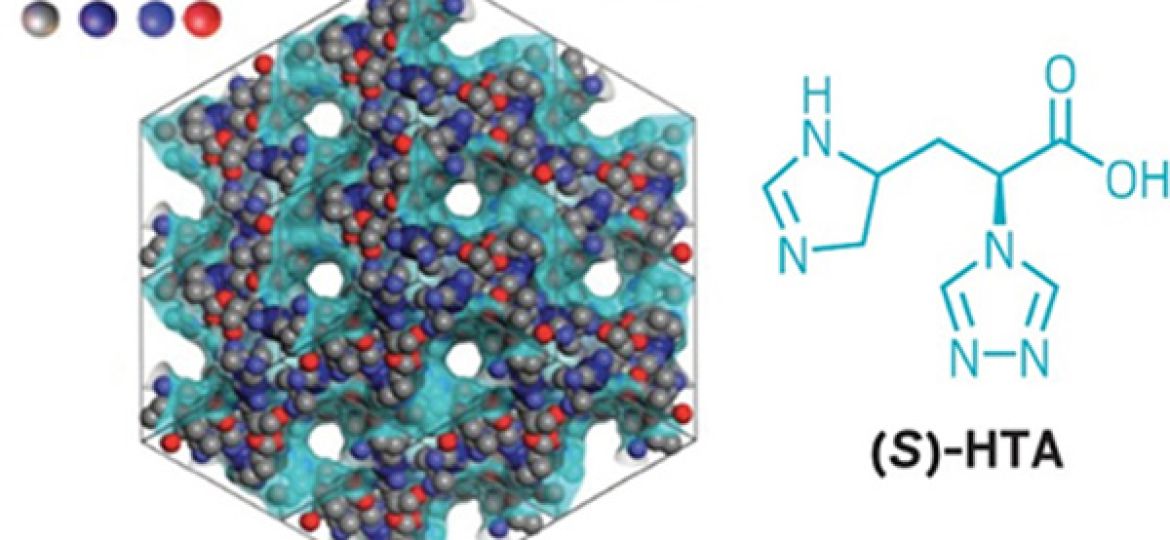Our collaboration with Sánchez-Costa lab at IMDEA has been highlighted in the cover of the Journal of Physical Chemistry Letters. Congratulations José!
Aiming to overcome the gender imbalance in STEM, Isabel discussed the current statistics with last years students of IES Baleares high school and encourage them to help to achieve equality in science. Isabel showcased and discussed her research journey and advised them in pursuing a career in science.
This activity was organised by the 11deFebrero association, in which volunteers can contact high schools through an online platform and give talks at schools in celebration with the International day of Women in Science.
Through personal experience from the first year of her Bachelor´s degree at University of Alcalá until date, Isabel dropped a message of hope for students in their first year, year in which a considerable number of students drop the degree. She discussed different research opportunities during the degree, and advised in PhD search and PhD life.
We are often our biggest limitation
Our collaboration with Sánchez-Costa lab at IMDEA has been published in the cover of the Journal of Physical Chemistry Letters. This work introduces a new sensing mechanism controlled by the interaction of NOx contaminants with the framework for concomitant increase/decrease in the luminescence of the solid. Click for more info
Natalia and Belens work has been published in JACS. Their work introduces a pioneering methodology for the synthesis of heterometallic titanium frameworks amenable to the principles of reticular chemistry. Instead of relying in the serendipitous discovery of mixed-metal clusters by trial and error, we use heterometallic MOF crystals as precursors to direct the formation of SBUs with variable connection points by metal exchange reactions at low temperature. Click for more info
We are really happy to see our collaboration with Puigmartí-Luis group published in JACS. By using microfluidic chips we manage to grow and shape crystals of our beloved Cu(GHG) peptide MOF at the millimeter scale. This approach permits generating monolith single crystals and might help overcoming the problems associated with the pelletization and densification of these materials for their successful implementation into functional devices. Click for more info
The funimat team formed by Victor Rubio, Javi Castells, Isabel Abanades, María Romero and Carmen Fernández took part in the dissemination sessions of «Expociencia«. A lot of the young participants and even the older ones were fascinated by taking a little bit of lemon juice, vinegar or detergent with a few drops of red cabbage and seeing it change color. Moreover, the participants brought home a small eppendorf containing red cabbage to keep on playing with the pH at home.
MOF School held in Lake Como (Italy) with an amazing line up of invited speakers and presented her recent work on the nanosizing of titanium frameworks and photoactive Zr(IV) MOFs. They also had time to make new friends!
See here for more info.
Alexei Ganin, Lecturer at the University of Glasgow, visited us to share a few days and present the last advances of his team on using solid state electrocatalysts for hydrogen evolution from water. Thanks for visiting!
Our work on MOFs as chiral stationary phases has been highlighted in Chemical & Engineering News. Check it out!

